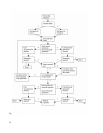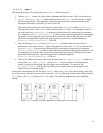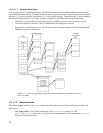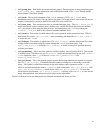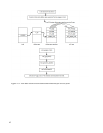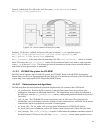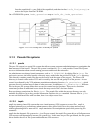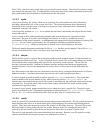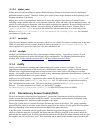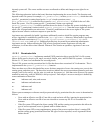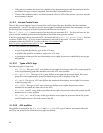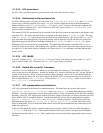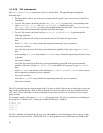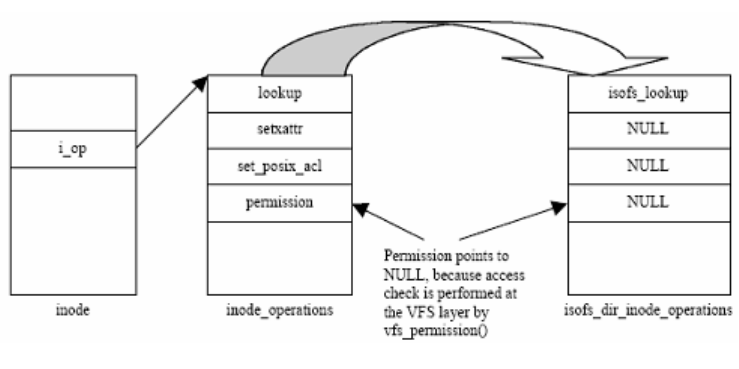
from the superblock’s s_root field of the superblock, and then invokes isofs_find_entry() to
retrieve the object from the CD-ROM.
On a CD-ROM file system, inode_operations map to isofs_dir_inode_operations.
5.1.3 Pseudo file systems
5.1.3.1 procfs
The proc file system is a special file system that allows system programs and administrators to manipulate the
data structures of the kernel. The proc file system is mounted at /proc, and provides Virtual File System
access to information about current running processes and kernel data structures.
An administrator can change kernel parameters, such as IP_FORWRDING, by editing files in /proc. For
each active process, the kernel creates a directory entry, named after the process ID, in the /proc directory.
This directory contains pseudo files that can be used to read the status of the process. The Process ID
directory is created with a mode of 555 and is owned by the user ID and group ID of the process. Access
control is performed by the VFS pathname translation mechanism function vfs_permission(), which
prevents access by normal users to data of other processes. In addition to vfs_permission(), different
files in the proc file system define their own access control service functions. These service functions
sometimes perform an additional access check that may restrict DAC decisions further.
Root can change permissions for files in /proc. The pseudo files within the process directory are only
readable for others as far as they provide information similar to the ps command. Because files in /proc
are not real disk-based files with user data, there is no object reuse issue.
5.1.3.2 tmpfs
tmpfs is a memory-based file system that uses virtual memory (VM) resources to store files. tmpfs is
designed primarily as a performance enhancement to allow short-lived files to be written and accessed
without generating disk or network I/O. tmpfs maximizes file manipulation speed while preserving file
semantics.
tmpfs also has dynamic file system size. As a file gets created, the tmpfs file system driver will allocate more
VM resources and dynamically increase file system size. In the same way as files get deleted, the file system
driver shrinks the size of file system and deallocates VM resources.
44
Figure 5-10: File lookup on CD-ROM file system



